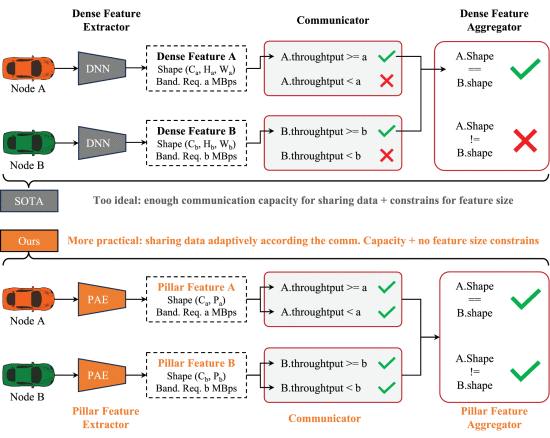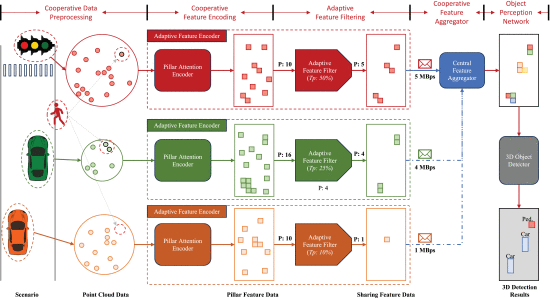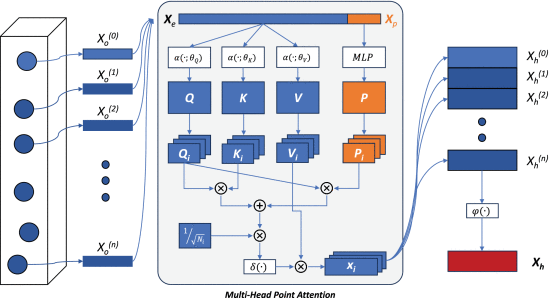Pillar Attention Encoder For Adaptive Cooperative Perception
Full Description
Background
Comprehending the surrounding environment is a key requirement for automated and connected vehicles - which requires the ability to sense the environment under different conditions with a comprehensive field of view. Cooperative perception (CP) unlocks perception bottlenecks such as physical occlusion and limited sensing by fusing the information from spatially separated entities - such as other vehicles and roadside units. Fusion methods can be broadly classified as early fusion, intermediate fusion and late fusion.
Technology
Researchers at UCR have developed a novel, adaptive cooperative perception (ACP) framework which improves perception capabilities in connected and autonomous vehicles, particularly in situations with limited communication bandwidth. The ACP framework features pillar attention encoder and an adaptive feature filtering mechanism which together ensures that crucial information is shared even in situations where communication bandwidth is limited.

Conceptual illustration of the ACP framework. The top shows the state-of-the-art CP methods and bottom shows the current method that can support more adaptive cooperative conditions.

Schematic of the ACP framework

Pillar Attention Encoder process
Advantages
- Enhanced adaptivity and flexibility by addressing limitations in current CP methods that assume all vehicles have sufficient bandwidth to share all features.
- Improved perception accuracy by prioritizing features based on their significance to the perception task.
- Efficient use of communication bandwidth by prioritizing features relevant to the perception needs.
- Real-time inference capability while delivering improved perception compared to existing methods.
- Low computational complexity for generating and sharing information.
Suggested uses
- Connected vehicles
- Advance driver assistance systems (ADAS)
- Autonomous vehicles
- Traffic safety
- Transportation management
Inventor Information
Please review all inventions by the Transportation Systems Research team at UCR.
Please visit the Transportation Systems Research group's website to learn more about their research.
Related Materials
Patent Status
Patent Pending
Contact
- Venkata S. Krishnamurty
- venkata.krishnamurty@ucr.edu
- tel: View Phone Number.
Other Information
Keywords
3-D object detection, automated vehicles, autonomous vehicles, autonomous driving, autonomous navigation, C2V, connected vehicles, cooperative perception, V2X
